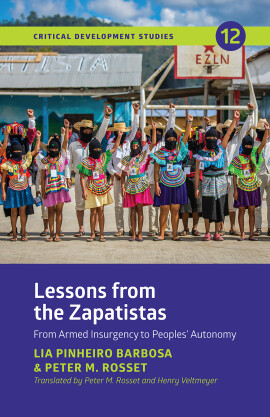
Children Actively Learning
The New Approach to Primary Education in Bhutan
This text relates the introduction of child-centred and discovery methods of education into the primary education system of Bhutan since 1986. It offers lessons to those in other small countries in the developing world who are embarking on curricular and methodological reform of formal education for younger children. Looking at how the new scheme, NAPE, relates to previous educational methods and organization in Bhutan in both the lay and monastic education systems, it considers the history of the scheme to date, and looks at the elements which have contributed to its success, as well as its failures and shortcomings. The authors highlight the role of external professional volunteers, from agencies in the UK, Ireland, New Zealand and Canada, and from United Nations volunteers, in planning and implementing the new system through placements in Bhutanese schools and teacher training institutions. Guidance is offered to other agencies who may face similar situations elsewhere.
Published: 1991
Pages: 64
eBook: 9781780441818
| FOREWORD | |||
|---|---|---|---|
| INTRODUCTION | |||
| THE CASE STUDY | |||
| 1 Modern primary education | |||
| 2 The context: The Kingdom of Bhutan | |||
| 3 The implications for education | |||
| 4 The development of the secular education system | |||
| 5 The NAPE pilot scheme and its antecedents | |||
| 6 1990-91 : NAPE extended countrywide | |||
| 7 NAPE and schooling for girls | |||
| 8 NAPE: Applicability elsewhere | |||
| 9 Elements contributing to success | |||
| 10 Failures, shortcomings and pitfalls | |||
| 11 Selection, training and professional support of volunteers | |||
| SUMMARY | |||
| RELEVANT REPORTS |
Educational Reform in a Small State: Bhutan's New Approach to Primary Education
Bray, Mark
International Journal of Educational Reform, Vol. 5 (1996), Iss. 1 P.15
https://doi.org/10.1177/105678799600500102 [Citations: 4]




